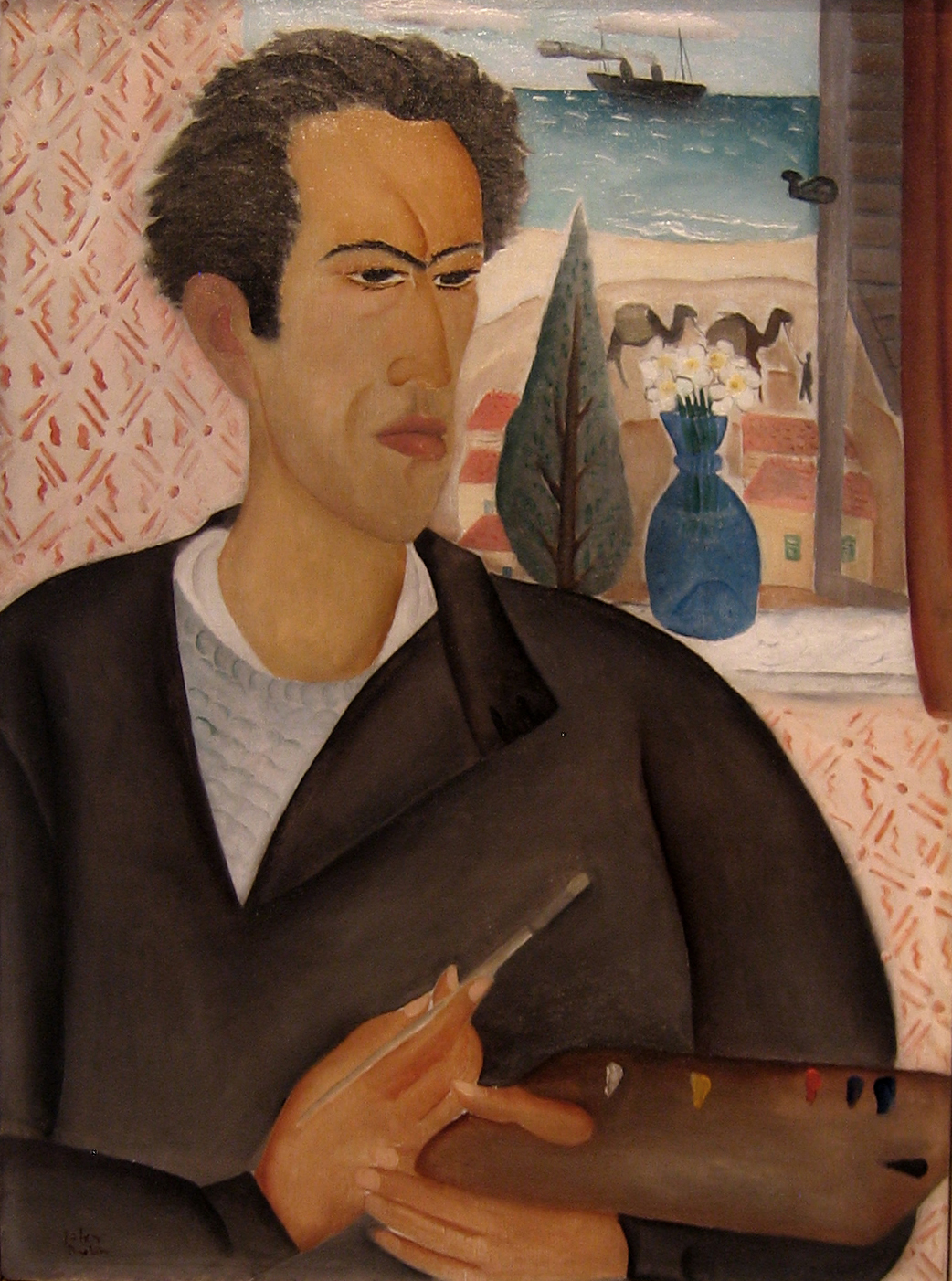
In the first group of Jews who emigrated to Palestine from Romania during the first half of the 19th century, there were approximately1,500 Ashkenazi Jews, (about 1,000 Jews from Bessarabia and Bukovina), and a small number of Sephardic Jews who moved to the "Holy Cities" (belonging to the old Jewish settlements): Jerusalem, Safed, and Tiberias. They joined the Old Yishuv (settlement), engaged in Torah study and lived off "Haluka"(Distribution), traditional system of donations from Diaspora Jewish communities collected by special emissaries sent to their various regions of origin. In addition, a small number of Sephardic Jews from Romania emigrated to Palestine during the 19th century and joined Sephardic Kolelim (congregations). There was also a small number of Romanian Jews who earned their living from crafts, trades and occupations.
Over the next 100 years, from the beginning of the Zionist movement in the late 19th century to the end of the 20th century, a majority of the Romanian Jewish population, approximately 400,000, emigrated to Israel. They settled in all parts of the country; cities, moshavim and kibbutzim, contributed to the development of the country and were among the founders of the state, and contributed to its economic and cultural development.
Romanian Jews, along with the Jews of Jerusalem, who got tired of living off charity, established the first modern Jewish agricultural settlement of modern Israel in Petah Tikva, in 1888. One of the first settlers was Shmuel Miles, who camefrom Iasi in 1875, and was among the first to grow and export citrus fruit from Palestine to Europe.
Four years later, Jews from Romania established the first Jewish settlements in Rosh Pina and Zichron Yaakov. Later, they took part in the creation of countless kibbutzim and moshavim, secular and religious, from the north of the country to the south. In the 1920's founding groups of He-Halutz training farms were founded in Romania, and its (members) founding groups emigrated during the 1920's and 1930's established and joined kibbutzim and moshavim in Palestine.
After the Holocaust, mass immigration from Romania resumed, and although there was not as much pioneering immigration as before, about 24 percent of Romanian immigrants who arrived in Israel between 1948 and 1953 settled in rural areas: some established and joined moshavei olim (immigrant agricultural settlements), and in 15 of them they constituted the majority. Yet, even though most immigrants in Romania were employed in free professions and trades, in Israel they managed to establish prosperous moshavim such as Neve Yarak, Adanim and Ben Shemen. They also joined kibbutzim such as Givat Brenner, Ganigar, Yagur, and Tirat Zvi, and some founded new kibbutzim, including Ramat David, Reshafim, Shaar Ha Amakim, Maabarot, Givat Haim Ihud, Maagan, Barkai, Nitzanim, Nir Yitzhak and Nir Am.
Many Romanian Jews also settled in cities such as Rishon LeZion, Petah Tikva, Tel Aviv, Jerusalem and Haifa. In Tel Aviv, among the families that established the first neighborhood, "Ahuzat Beit", two were from Romania; Berger and Segal; where Reuven Segal built the first house in Tel Aviv in 1907.In Haifa, Jews from Romania founded "Ahuzat Herbert Samuel" in 1926. In the 1950s and 1960s Romanian Jews were among the founders of newer cities, such as Beer Sheva, Nazareth Illit, Ashdod, Ashkelon, Givat Shmuel (Pineles), Carmiel and Kiryat Ata.
According to statistics from the late 20th century, about 40 percent of Romanian immigrants were engaged in scientific and technological professions, about 15 percent were in the free professions , about 20 percent were civil servants, about 20 percent worked in industry and construction, and about 5 percent worked in agriculture. They successfully integrated into all of these areas and managed to stand out in a variety of fields, including a variety of advanced technology. They have gained recognition in various branches of science, in law, security, medical research, academia, culture and the arts, science, law, security, medical research, academia, culture and the arts. Individuals such as the agronomist Aaron Aharonson, the Ofer Brothers, Bruno Landsberg, Uziah Galil and Moshe Schnitzer, integrated into industry with great success. In local and national governmental institutions, mayors such as Meir Nitzan and Menachem Ariav; representatives including Yitzhak Artzi, Collette Avital, Avraham Poraz and Ilan Galon, acted with honor on behalf of their local citizensin the Knesset.
Many Romanian Jews have participatedand gained world-wide reputation within cultural and artistic fields; including painters Reuven Rubin, Marcel Jancu, Mordechai Lebanon and Avigdor Arikha, architect Dora Gad and writers such as Aharon Appelfeld and Joel Hoffman. Many of the writers who emigrated from Romania continued to write in Romanian and had their works published in Israel, and after 1989 in Romania as well, including Mirel Bratz, Alexandru Mirodan, Tania Lubinsko and others. In the field of theater and cinema, playwrights and directors such as Joseph Mundi, Andrei Calarsu and Nico Nitai, Lia Van Lear (Greenberg), founder of the Jerusalem Cinematheque, and actors such as Leah Koenig, Jacob Bodo, Rami Baruch, Geta Munte, Sandra Sade, Mosko Alkalai, Miriam Zohar and Rozina Cambos, stand out.
In the musical field in Israel, there are the well-known personalities from Romania affirmed and recognized in Israel : conductor Mendi Rodan, composer Arie Levanon (Leon Wasserman), Gary Bertini (Shloyme Golergant), Dov (Dubi) Seltzer, Sergiu Natra, pianist Miriam Resnick Wolf, saxophonist Peter Wertheimer and the tenor Gabi Sadeh; to name a few. In academic research, historians such as Michael Harsgor (Goldberg), Zvi Yavetz, Jean Ancel, Leon Volovici, and the Kabbalah researcher, Moshe Idel are only a few among many others.